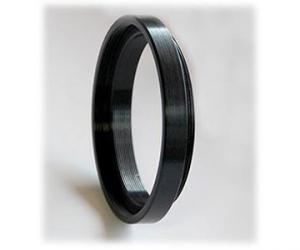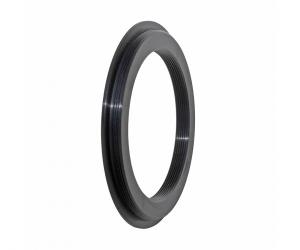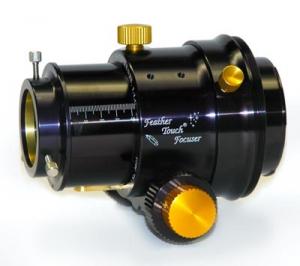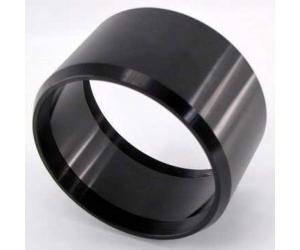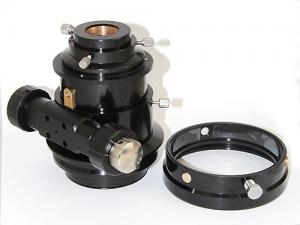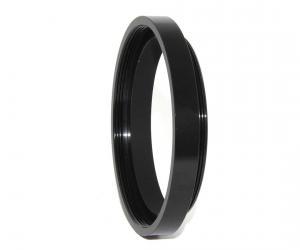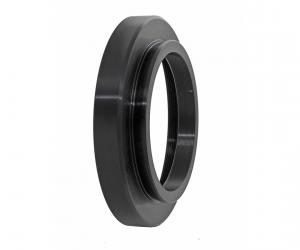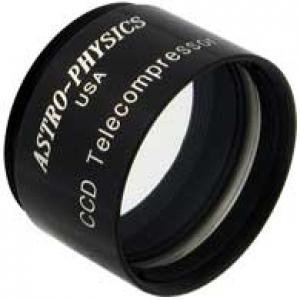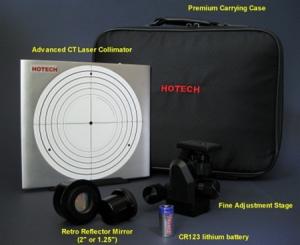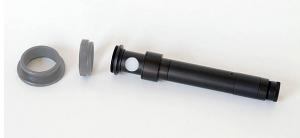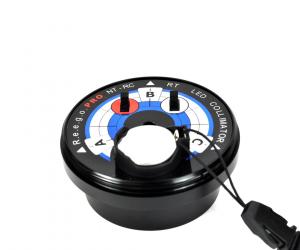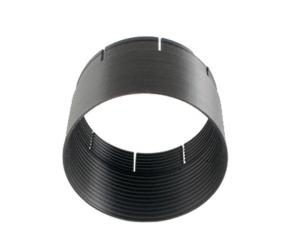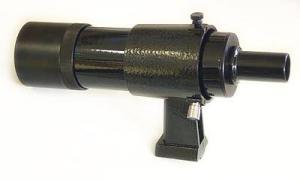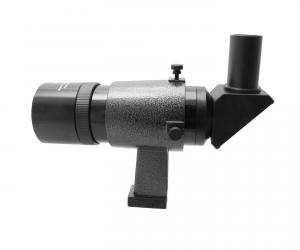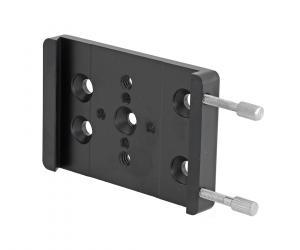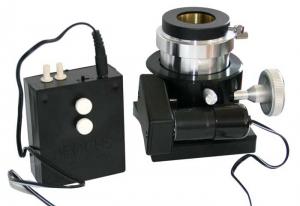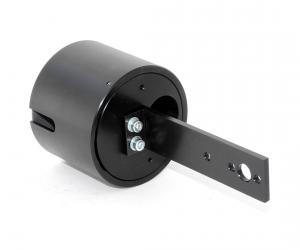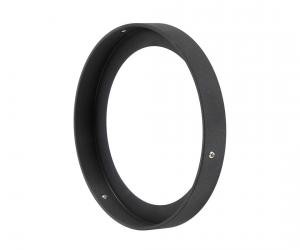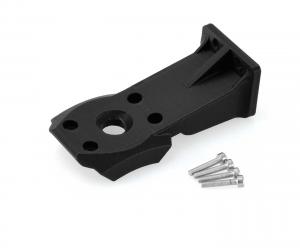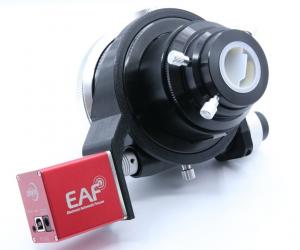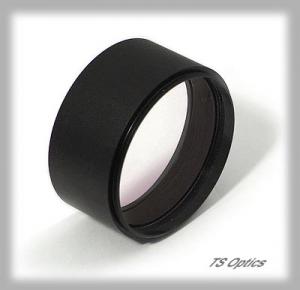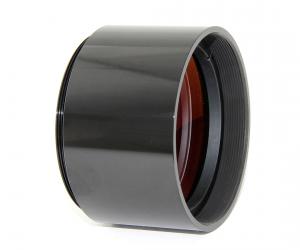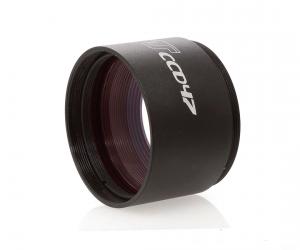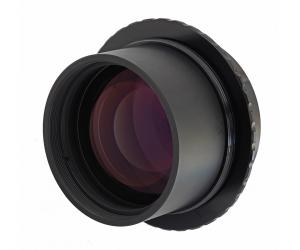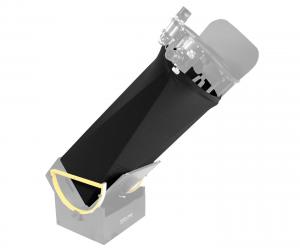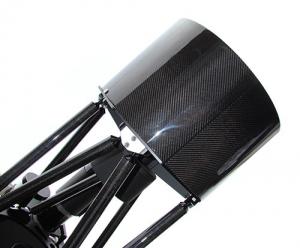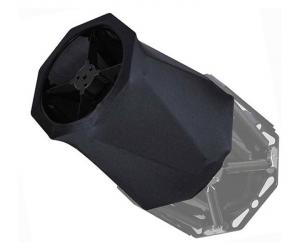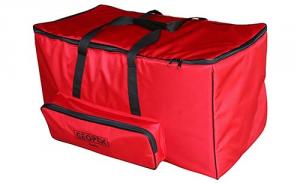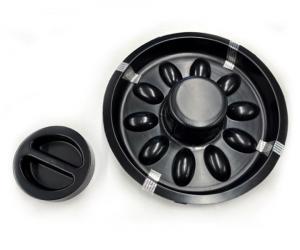- Telescopes
- Overview:
Telescopes - Achromatic Refractor
- Apochromatic Refractor
- Overview:
Apochromatic Refractor - ED Refractor - less color aberration than an achromatic
- SD APO - color free 2-element APO objective
- EDT APO - 3 element ED objective
- High End APO with 3-element APO objective - no color aberation
- Flatfield APO with flat field for Astrophotography
- All Apos and EDs from all manufacturers - large overview
- TS APO and ED from Japan with high quality optics
- Overview:
- Newtonian Telescopes
- Dobsonian Telescopes
- RC Ritchey Chretien Telescopes
- Casssegrain Telescopes
- Reflektor Telescopce with Lens Correcture
- Maksutov Cassegrain Telescopes
- GoTo Telescopes
- Solar Telescopes H-Alpha
- Overview:
- Mounts Tripods Rings Rails Power Supply ...
- Overview:
Mounts Tripods Rings Rails Power Supply ... - Mounts Equatorial with GoTo
- Mounts Equatorial without GoTo
- Mounts Azimutal with GoTo
- Mounts Azimutal without GoTo
- Mounts GoTo - Harmonic Drive
- Travel mounts for astro imaging
- Tripods Piers Polar Wedges
- Mount Control & Electronics
- Dovetail Clamps, Plates and Mount Adapters
- Tube Rings
- Power Supply
- Counterweights Balance Weights
- Mount Accessories - Other
- Overview:
- Telescope Accessories
- Overview:
Telescope Accessories - Eyepieces
- Barlows & Reducer Lenses
- Diagonal Mirrors and Prisms
- Binocular Viewers
- Finder Scopes
- Telescope Collimation and Test
- Cleaning Tools
- Transport and Storage
- Dust protection for Telescopes & Accessories
- Stray Light Protection
- Dewcaps and Heater
- Focusers, Adapters, Motorfocus
- Telescope DIY & Improvement
- Other telescope accessories
- Replacement Parts
- Overview:
- Filters
- Overview:
Filters - Color Filters and Color Filtersets
- Nebular Filters for Visual Observing
- Neutral-Density and Polfilter
- Photo Narrowband Nebular Filters
- Photo Broadband Filters
- Photo Planetary Filters
- Photo R-G-B and IR Cut Filters
- Photo - Filtersets
- Photometric Filters
- Clip Filter for DSLR Cameras
- Filter Wheels and Filterslider
- Solar Filters for white light
- Solarfilter for H-Alpha and Calcium
- Overview:
- Adaptors
- Overview:
Adaptors - Adapter 1,25" and 24,5mm
- Adapter 2"
- Adapter T2 - M42x0.75
- Adapter M48x0,75
- Adapter M54
- Adapter SC
- Adapter M63
- Adapter M68
- Adapter to other Threads
- Adapter Extensions
- Adapter camera bayonet
- Adapter Objective Filterthread
- Adapter Quick Changing , Rotation
- Adapter Eyepiece Projection
- Adapters Tilting
- Overview:
- Astrophotography and Photography
- Overview:
Astrophotography and Photography - Cooled Cameras
- Cameras without Cooling
- Deep-Sky Cameras uncooled
- Set-Offers Camera, Filter, Wheels
- Acessories for Cameras
- Travel mounts for astro imaging
- Imaging Correctors for Telescopes
- Autoguiding Cameras & Sets
- Everything for Guiding
- Focusing aids - Bahtinov mascs
- Flat Field foils and boxes
- Lenses for Cameras
- Piggyback Camera Holder
- Camera Bags, Photocases & more
- Digital Camera and Smartphone Adapter
- Other photo accessories
- Overview:
- Binoculars, Spotting Scopes, Microscopes, Range Finders
- Overview:
Binoculars, Spotting Scopes, Microscopes, Range Finders - Spotting Scopes and Acessories
- Roof Prism Binoculars
- Binoculars with Porro prisms
- Binoculars from 100mm Aperture
- Binoculars with 1,25 inch eyepieces
- TSMX APO Binoculars
- Binoculars for Astronomy
- Binoculars Hiking Bird watching
- Monoculars - Opera Binoculars
- Accessories for Binoculars
- Range Finders
- Microscopy
- Bags for Phototripods & Binoculars
- Overview:
- Phototripods and Binomounts
- Books, Software
- Overview:
Books, Software - Books for Astronomy Beginners
- Star Charts and Planispheres
- Books about our Solar System
- Observing Tips for Amateurs
- Popular Astronomy Literature
- Teaching material
- Astrophotography books
- Telescopes, Observatories, Construction
- Calendars Yearbooks
- Software, Star Charts
- Books for Microscopers
- Books Nature and Animals
- Nature Photography TimeLapse
- Overview:
- Night Vision, Magnifiers, Weather, Domes & more
- Beginner Astronomy and Gift Ideas
- Second Hand & Special Offers
- New products
Manufacturer: -TS Teleskope
Product number: GSRC12T-EQ8
EUR9352.00new
EUR 9.352,00RRP EUR 9.999,00you save 6.5% (EUR 647,00)
incl. 19 % VAT (DE)
The VAT indicated refers to that applicable in Germany. After logging in, the VAT amount is adjusted to the applicable VAT of the stored delivery country. Therefore, the final price may vary accordingly.
excl. 65.45 € shipping costs (DE)
more details to the shipping costs ...Please log in to calculate shipping costs to your country.
There are no reviews for this product
- Details..
- Technical data..
- In the box..
- Download..
- Manufacturer infos..
- Safety informations..
Teleskop-Service has optimized this 12" RC especially for astrophotography. The OTA comes with carbon trusses having a thermal expansion of nearly 0. The OTA weight is 24 kg and it has a Losmandy style dovetail rail on both sides.
Our 12" f/8 RC Astrograph illuminates a max. field diameter of approx. 60 mm. Without corrector, 35 mm are possible. In the latter configuration, you have a pure mirror system without any lenses. You don´t need an IR cut filter and can use the full spectrum with a suitable CCD camera.
How to find the focus:
The TS RC has a generous back focus allowing to attach many accessories like off-axis guiders, filter wheels and much more. The distance from the 2" connection of the focuser to the focus point is 127 mm.
To reach the perfect focus position, we suggest the GSRCV1172 und GSRCV1175 extension rings. The position of the rings is between focuser and tube backside. So you always have a good position of the draw tube.
 The Carbon Fiber Truss Tube Design:
The Carbon Fiber Truss Tube Design:
Lightweight yet strong carbon fiber truss tubes have low thermal expansion characteristics. Shifts in focus due to temperature changes are minimized because of this design. The trusses are also designed to flex equally, keeping the optics in collimation regardless of the position of the telescope.
 The 3" M-LRN Monorail Focuser:
The 3" M-LRN Monorail Focuser:
The 3" Monorail focuser is a further development of the Crayford design. The load is not carried by four (often underdimensioned) ball bearings but on a stainless steel track on the base, thus preventing tilting and bending even under high loads. It is countered by a big knurled screw that centers the inner tube exactly to the rail. The load is distributed evely across the rail´s surface.
Technical details of the focuser: Travel: ca. 80 mm Clear aperture: 68 mm Guidance: by massive and fixed steel rail 1:10 transmission for precise focusing 360° Rotation Adaption to 2" and (when screwed off) female M68 thread, directly fitting to TS 2.5" off-axis guider For very heavy cameras, we offer an upgrade to a heavy focuser from Starlight or to the rack and pinion focuser TSFOCR30S from TS Optics.
Due to the large corrected field of view, you can, for example, use a DSLR up to APS-C format without corrector. Thus the RC is a pure mirror system for astrophotography. The images become ultrasharp.
The generous back-focus also allows attaching correctors which we recommend when using sensors of at least full-frame size. You can also attach a focal reducer, thus further increasing the speed of the RC. Using an SLR without focal reducer: you need a 50 mm and a 25 mm extension tube between focuser and telescope (item # GSRCV50 and GSRCV25). Using an SLR with focal reducer CCDT67 or CCD47: in this case, a 50 mm extension tube between focuer and telescope (item # GSRCV50) is sufficient.
Optical Highlights:
The hyperbolic primary and hyperbolic secondary are made from low expansion quartz glass, and finished with a 94% enhanced reflectivity for great contrast. The primary mirror is fixed in place in a metal mirror cell, and the secondary resides in a metal housing that can be collimated. The secondary mirror has a center mark for easy and accurate collimation.
Cooling Fans:
The RC telescope has three small cooling fans in the rear cell that help create an ambient temperature within your telescope for more stable viewing and less fluctuation in focus. The fans are powered by an external battery pack. This battery holder accepts 8 AA batteries (sold separately).
A Fixed Primary Eliminates Image Shift:
Schmidt-Cassegrain, EHD, ACF... & Mak-Cassegrain telescopes achieve focus by moving the primary mirror back and forth inside the optical tube assembly, and this movement can cause image shift. While manufacturers have done a pretty good job of minimizing image shift on their telescopes, a moveable mirror makes it almost impossible to eliminate it completely. The Ritchey-Chrétien has a primary that is fixed in place, removing the possibility of image shift and also the job of collimating the primary.
Why the RC Telescope is better than Schmidt-Cassegrain telescopes with correctors:
This is also the advantage of RC telescopes against Celestron EHC or Meade ACF telescopes. These telescopes needs a lens corrector wich is integrated in the optical system. The RC is a true reflection system without lens corrector and with a really bright image.
The optical advantages of TS RC Ritchey-Chrétien Astrographs for astrophotography:
The TS Astrograph is a real Ritchey-Chrétien reflector telescope. Contrary to Maksutovs or Schmidt-Cassegrains which have spherical mirrors and need image correctors, and contrary to Newtonians that need coma correctors, the RC system is a well corrected photographical instrument that uses only mirrors (no false colour!) and does not require any corrector with many cameras.
Our 12" f/8 RC Astrograph illuminates a max. field diameter of approx. 60 mm. Without corrector, 35 mm are possible. In the latter configuration, you have a pure mirror system without any lenses. You don´t need an IR cut filter and can use the full spectrum with a suitable CCD camera.
How to find the focus:
The TS RC has a generous back focus allowing to attach many accessories like off-axis guiders, filter wheels and much more. The distance from the 2" connection of the focuser to the focus point is 127 mm.
To reach the perfect focus position, we suggest the GSRCV1172 und GSRCV1175 extension rings. The position of the rings is between focuser and tube backside. So you always have a good position of the draw tube.
 The Carbon Fiber Truss Tube Design:
The Carbon Fiber Truss Tube Design:Lightweight yet strong carbon fiber truss tubes have low thermal expansion characteristics. Shifts in focus due to temperature changes are minimized because of this design. The trusses are also designed to flex equally, keeping the optics in collimation regardless of the position of the telescope.
 The 3" M-LRN Monorail Focuser:
The 3" M-LRN Monorail Focuser:The 3" Monorail focuser is a further development of the Crayford design. The load is not carried by four (often underdimensioned) ball bearings but on a stainless steel track on the base, thus preventing tilting and bending even under high loads. It is countered by a big knurled screw that centers the inner tube exactly to the rail. The load is distributed evely across the rail´s surface.
Technical details of the focuser:
Astrophotography with the RC telescope:
Due to the large corrected field of view, you can, for example, use a DSLR up to APS-C format without corrector. Thus the RC is a pure mirror system for astrophotography. The images become ultrasharp.
The generous back-focus also allows attaching correctors which we recommend when using sensors of at least full-frame size. You can also attach a focal reducer, thus further increasing the speed of the RC.
Optical Highlights:
The hyperbolic primary and hyperbolic secondary are made from low expansion quartz glass, and finished with a 94% enhanced reflectivity for great contrast. The primary mirror is fixed in place in a metal mirror cell, and the secondary resides in a metal housing that can be collimated. The secondary mirror has a center mark for easy and accurate collimation.
Cooling Fans:
The RC telescope has three small cooling fans in the rear cell that help create an ambient temperature within your telescope for more stable viewing and less fluctuation in focus. The fans are powered by an external battery pack. This battery holder accepts 8 AA batteries (sold separately).
A Fixed Primary Eliminates Image Shift:
Schmidt-Cassegrain, EHD, ACF... & Mak-Cassegrain telescopes achieve focus by moving the primary mirror back and forth inside the optical tube assembly, and this movement can cause image shift. While manufacturers have done a pretty good job of minimizing image shift on their telescopes, a moveable mirror makes it almost impossible to eliminate it completely. The Ritchey-Chrétien has a primary that is fixed in place, removing the possibility of image shift and also the job of collimating the primary.
Why the RC Telescope is better than Schmidt-Cassegrain telescopes with correctors:
This is also the advantage of RC telescopes against Celestron EHC or Meade ACF telescopes. These telescopes needs a lens corrector wich is integrated in the optical system. The RC is a true reflection system without lens corrector and with a really bright image.
The optical advantages of TS RC Ritchey-Chrétien Astrographs for astrophotography:
The TS Astrograph is a real Ritchey-Chrétien reflector telescope. Contrary to Maksutovs or Schmidt-Cassegrains which have spherical mirrors and need image correctors, and contrary to Newtonians that need coma correctors, the RC system is a well corrected photographical instrument that uses only mirrors (no false colour!) and does not require any corrector with many cameras.
Video with information about RC telescopes
On our YouTube account you will find a video about the characteristics of the Ritchey-Chrétien telescopes in general and the features of the GSO RCs in particular, as well as suggestions for accessories:Adjusting the RC telescope
We recommend the TSRCKOLLI or an collimating telescope for adjusting the telescope. These tools are linked in the "Cleaning & Collimating" section.Instruction video
Teleskop-Service has created an instruction video about collimating an RC telescope:Important note about power supply:
To avoid loss of warranty, please use only the power supplies and mobile supplies recommended by us. Especially simple car batteries or sealed lead-acid batteries can lead to an under-supply, which can then damage the sensitive electronics of the mount. Operating a Skywatcher GoTo mount with its own power supply is at your own risk. Thank you for your understanding.| Optical Design: | True RC with a hyperbolic primary and secondary mirror. |
| Aperture: | 12" / 304 mm |
| Focal Length: | 2432 mm |
| Focal Ratio: | f/8 |
| Mirror material: | low thermal expansion quartz primary and secondary mirrors |
| Reflectivity: | 94% enhanced reflectivity |
| Back Focus: | 233 mm from the M117 thread on the tube backside - 127 mm from 2" connection of the focuser |
| Resolution: | 0.38" |
| Tube: | Carbon Truss Tube with 2x dovetails - Losmandy level |
| Tube Weight: | 24 kg |
| Tube Diameter: | ca. 485 mm |
| Focuser: | 3" M-LRN Monorail focuser with micro transmission and 5 kg load capacity. |
| Connection at eyepiece side: | 2" and 1.25" |
| Additional threads: | M77x0.75 female thread on the extension tube and M74x0.75 male thread |
| Mount weight: | 25 kg (head) |
| Mount speed: | from 0.25x (Astrophotography) to 3.3° per second |
| Objects in the database: | 42,900 objects |
| Mount features: | Encoder, SynScan Goto Drive System, PEC, ST-4 Autoguiding connection, Home Position... |
| Manufacturer / Importeur: | Teleskop-Service Ransburg GmbH |
| Street: | Von-Myra-Str. 8 |
| ZIP / City: | 85599 Parsdorf |
| Country: | germany |
| Telefon number: | +49 89 99228750 |
| Email: | info@teleskop-service.de |
| Website: | www.teleskop-express.de |
Safety informations: PDF Download
Recommended accessories
Adaptors
Alternatives to this product - Suggestions from TS
Barlow, Corrector, Reducer
Cleaning & Collimating
Customers who bought this product also bought...
Finder & Accessories
TS-Optics 8x50 Finder - straight view, black colour and with adjustable bracket
EUR 69,00RRP EUR 89,00you save 22.5% (EUR 20,00)
TS-Optics 8x50 Finder - with Bracket - black colour - 90° angled
EUR 98,00RRP EUR 109,00you save 10.1% (EUR 11,00)
TS-Optics FDA Accessory Clamp for Losmandy Style Dovetail Bars
EUR 29,90RRP EUR 33,00you save 9.4% (EUR 3,10)
General Accessories
Rigel nFocus Motorfckus for GSOl 2" and 3" Focusers
EUR 149,00RRP EUR 185,00you save 19.5% (EUR 36,00)
Astroprints mounting kit for ZWO EAF motor focus on Monorail 3" focuser, Gen II
EUR 80,00RRP EUR 89,90you save 11% (EUR 9,90)
ZWO EAF focus motor with USB-C connection for power supply and data transfer
EUR 239,00RRP EUR 257,00you save 7% (EUR 18,00)
Photo Acessories
Transport & Covers
Astrozap Straylight Protection - Skywatcher 12" Skyliner Flextube Dobson
EUR 209,00RRP EUR 237,00you save 11.8% (EUR 28,00)
Astrozap Light Shroud for 12" RC TRUSS Telescopes from TS, Astrotec, GSO ...
EUR 159,00RRP EUR 181,00you save 12.2% (EUR 22,00)
Reviews















